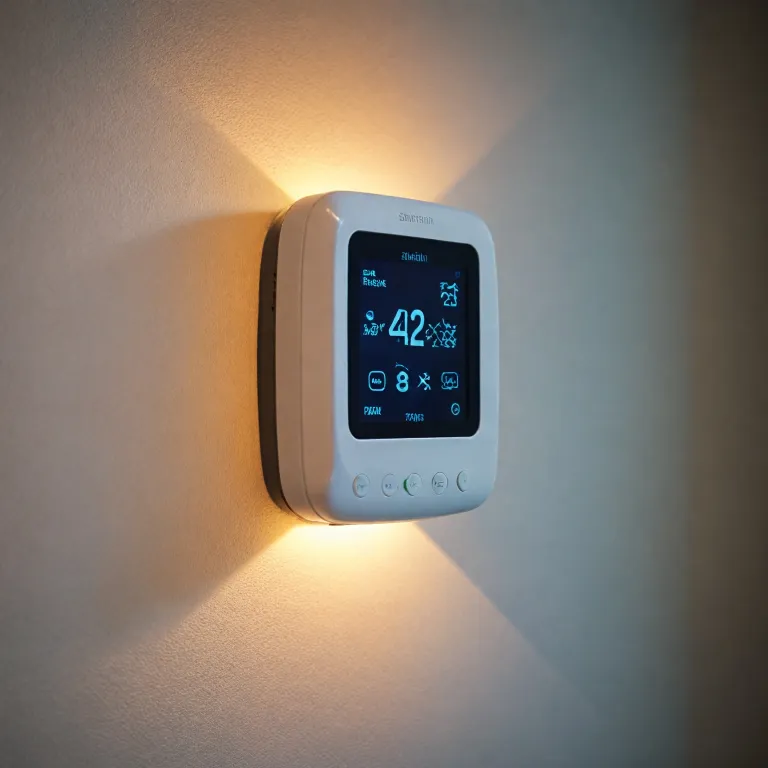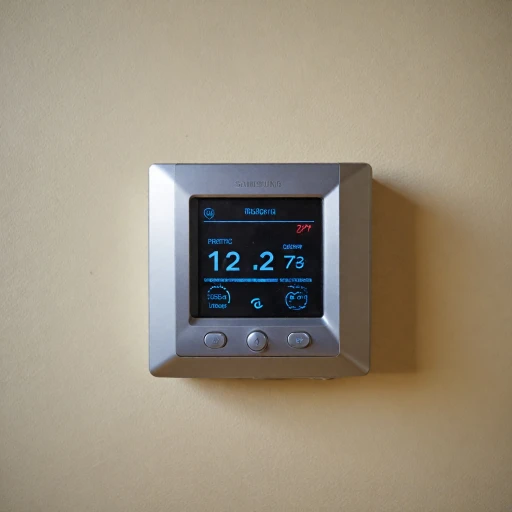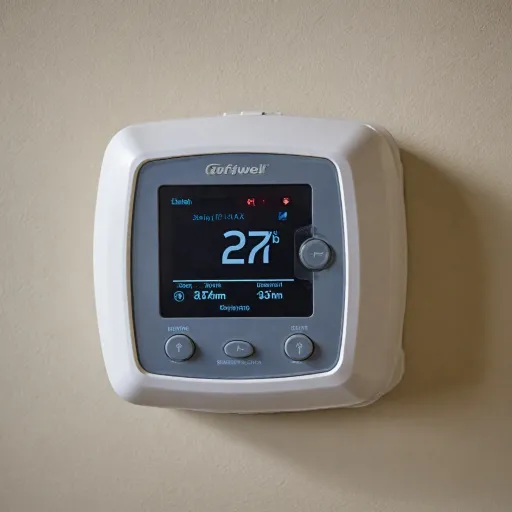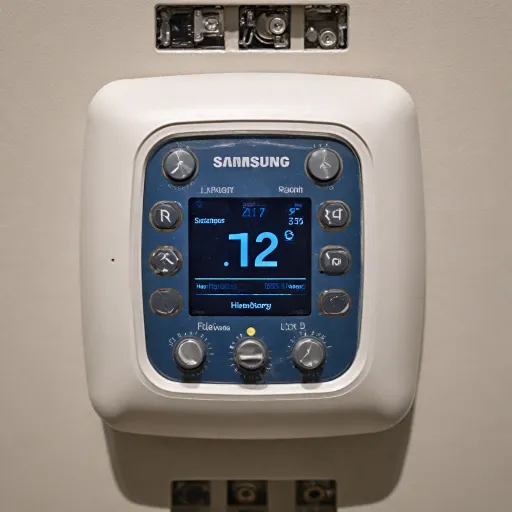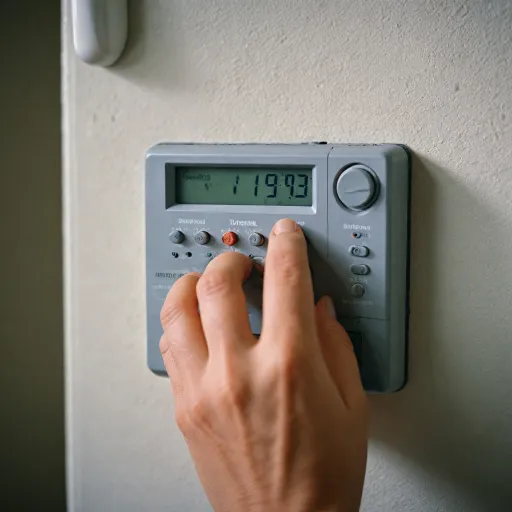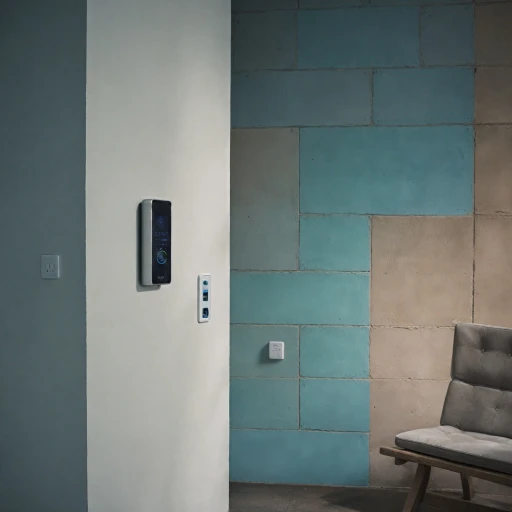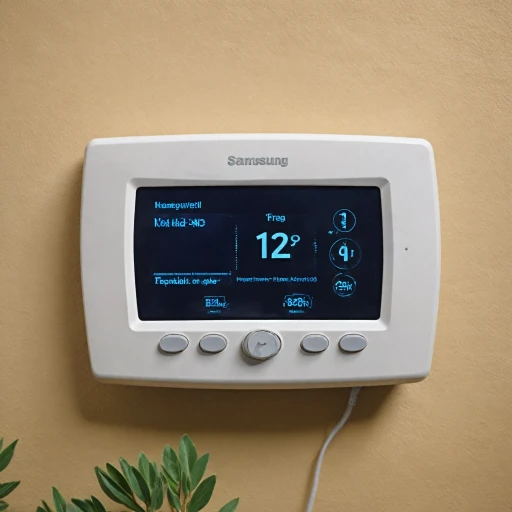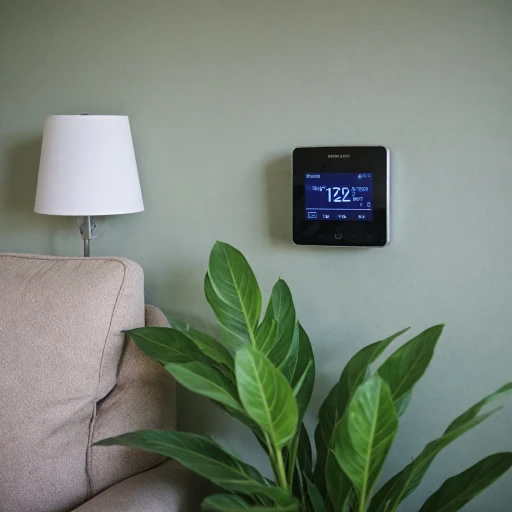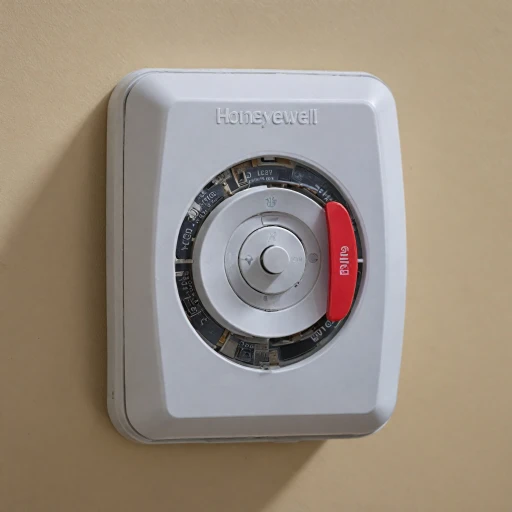
The Importance of AA Batteries in Smart Thermostats
Understanding the Role of Batteries in Smart Thermostats
In the realm of smart home technology, the role of batteries, especially AA ones, in powering smart thermostats is indispensable. A smart thermostat's effectiveness hinges significantly on these batteries, as they provide the necessary power for the device to operate seamlessly. Whether it's the feedback on a purchased item or the experience of interacting with the thermostat in extreme weather conditions, the choice you make regarding batteries carries considerable weight. Most smart thermostats are designed to operate with AA batteries, which serve as a reliable power source. With various types of batteries available, including alkaline, lithium, and rechargeable options, selecting the right battery can influence both performance and longevity. While alkaline batteries are commonly used due to their availability and price, lithium batteries offer superior performance in low-drain devices thanks to their longer lifespan and higher power output. It’s crucial to consider purchasing a batteries pack that offers good seller feedback and a fair price. Shoppers should be mindful of shipping costs and return policies when buying from an online store or a physical shop. With the array of choices available, selecting a reputable brand and understanding the seller feedback can ensure satisfaction with the purchase. For those who want to dive deeper into the importance and intricacies of how batteries affect smart thermostats, exploring resources on whether smart thermostats require batteries offers further insights. This could also guide users in making informed decisions on their future thermostat battery purchase.How AA Batteries Affect Thermostat Performance
Impact of Battery Power on Thermostat Efficiency
The efficiency of a smart thermostat can be greatly influenced by the type and quality of AA batteries used. These batteries are essential to a thermostat’s basic operations and any disruptions can lead to issues in temperature regulation, especially during extreme weather conditions. Understanding how battery types affect performance can help in making informed purchase decisions.
- Battery Types: Not all AA batteries are created equal. Alkaline batteries are commonly used, but they may not last as long in high-drain devices like smart thermostats. Lithium batteries, known for their longer lifespan, can be a great alternative due to their ability to handle extreme temperatures and provide steady power. Rechargeable options, though initially more expensive, can also be a long-term cost-effective choice.
- Batteries Pack Count: Investing in a batteries pack with a higher count from a reputable brand or store could lead to bulk pricing benefits. However, always weigh the shipping cost and seller feedback to ensure value for money. Reliable sellers tend to offer returns or exchanges on faulty items.
- Power and Feedback: Smart thermostats rely on feedback from their sensors to optimize home temperature. If battery power is compromised, feedback may be delayed, affecting overall performance. Continuous power ensures that thermostats adjust quickly to changing conditions.
Inadequate power may lead to temporary loss of thermostat settings or even device reset, hence selecting the right batteries is crucial. For further guidelines on replacing thermostat batteries, consider visiting this helpful resource.”
Choosing the Right AA Batteries for Your Thermostat
Selecting the Best Power Source for Smart Thermostats
Choosing the right batteries for your smart thermostat can significantly impact its performance and longevity. Selecting a reliable power source ensures consistent functionality, even under varying weather conditions. Here are some tips to help you decide. Type of Battery:- Alkaline Batteries: They are the typical go-to choice due to their affordable price point and widespread availability. However, they might not last as long in low-drain devices like thermostats.
- Lithium Batteries: Lithium batteries provide more power and last longer, making them ideal for extreme weather conditions where consistent battery power is crucial. They often come with a higher price tag but offer greater longevity.
- Rechargeable Batteries: Alkaline rechargeable options are an environmentally friendly choice but might require frequent charging, which could interrupt your thermostat's performance.
- Always purchase items from reputable sellers with positive feedback to ensure quality.
- Consider seller feedback and ratings, as well as return policies and shipping costs, to avoid issues.
- Most smart thermostats require a specific battery count; always ensure you have the correct pack size ready for replacement.
- Purchase a pack that fits snugly into your budget and needs, as buying in bulk often saves money.
Signs Your Thermostat Batteries Need Replacement
Recognizing When Your Thermostat's Batteries Need a Refresh
Knowing when it's time to replace the batteries in your smart thermostat can save you from unexpected inconveniences and potential thermostat issues. Here are some telltale signs that your thermostat batteries need attention:
- Display Issues: If the thermostat's display is weak or fading, this might indicate low battery power. A clear display is vital for receiving accurate feedback.
- Thermostat Malfunctions: Unexpected thermostat behavior, such as failure to respond to temperature changes, could be due to dwindling battery power. Performance is crucial, especially during extreme weather conditions.
- Battery Indicator: Many modern smart thermostats provide a low battery alert. Pay attention to this indicator and consider testing or replacing the batteries promptly.
- Unreliable Scheduling: If your preset schedules are not functioning as expected, it might be the result of low battery drainage affecting this feature.
To ensure your smart thermostat operates with optimal efficiency, it's essential to use the right type of batteries. Whether you choose alkaline or lithium batteries, ensure they match the brand's recommendations.
Should the time come to replace them, consider purchasing a pack of batteries from a reputable store. Checking seller feedback and being mindful of the shipping cost and return policies could further ensure a smooth purchase experience.
Tips for Extending Battery Life in Smart Thermostats
Maximizing Your Thermostat's Battery Lifespan
Maintaining optimal battery life in your smart thermostat is essential for seamless performance and prolonged device efficiency. There are several practical tips to help manage and extend the lifespan of the batteries you're using.- Choose the Right Type: Opt for high-quality batteries, such as lithium or reliable alkaline options. While lithium batteries often last longer, they can come with a higher price tag. Consider the balance between initial cost and longevity when making your purchase.
- Battery Packs: Invest in bulk packs if you anticipate regular replacements. Bulk purchasing can save money over time and reduce shipping costs and hassle.
- Avoid Extreme Weather: Batteries can be sensitive to extreme weather conditions. If your smart thermostat is located in a poorly insulated area, consider weatherproofing your space to prevent battery drain caused by temperature fluctuations.
- Store Batteries Properly: Store unused batteries in a cool, dry place. Keeping them securely will prevent low drain and extend their shelf life.
- Monitor Battery Performance: Regularly check the feedback from your thermostat about the battery power levels. This helps in planning timely replacement, thereby avoiding abrupt power failures.
- Rechargeable Options: If you frequently replace batteries, rechargeable alkaline or lithium batteries can be a cost-effective alternative. Note that these may have a lower power output initially, so consider them for low drain devices.
Troubleshooting Battery Issues in Smart Thermostats
Troubleshooting Battery Concerns in Smart Thermostats
Encountering battery issues with your smart thermostat can be frustrating, but a systematic approach helps in addressing these challenges effectively.- Check Battery Type Compatibility: Begin by verifying whether you have inserted the right type of batteries. Some thermostats specifically require lithium or alkaline batteries due to their power demands. Mismatched types, such as using AA batteries in a model designed for coin cells, can lead to poor performance.
- Inspect Battery Installation: An often-overlooked step is ensuring the batteries are correctly installed. Double-check the polarity and ensure the contact points are free of any dirt or corrosion. A simple fix like this can often restore function.
- Evaluate Battery Brand and Quality: Using a reputable battery brand can make a significant difference. Occasionally, a discounted pack might seem like a good deal, but it's worth considering the seller feedback and returns policy. Quality lithium batteries or power lithium options often provide better longevity in extreme weather conditions.
- Consider Battery Age and Drain Devices: If your thermostat is draining batteries rapidly, assess whether other nearby devices might be causing interference. Also, newer battery packs, even if unopened, should be sourced to avoid energy loss associated with age.
- Monitor for Weather-Driven Power Consumption: Thermostats work harder during extreme weather, affecting battery life. Adjusting settings and being mindful of usage patterns can extend battery longevity.
- Recall Purchase Details: If the above steps haven't resolved the issue, review your original purchase receipt to consult with the store or seller you bought it from. A conversation about the item's nuances, including battery performance, can provide additional insights.
